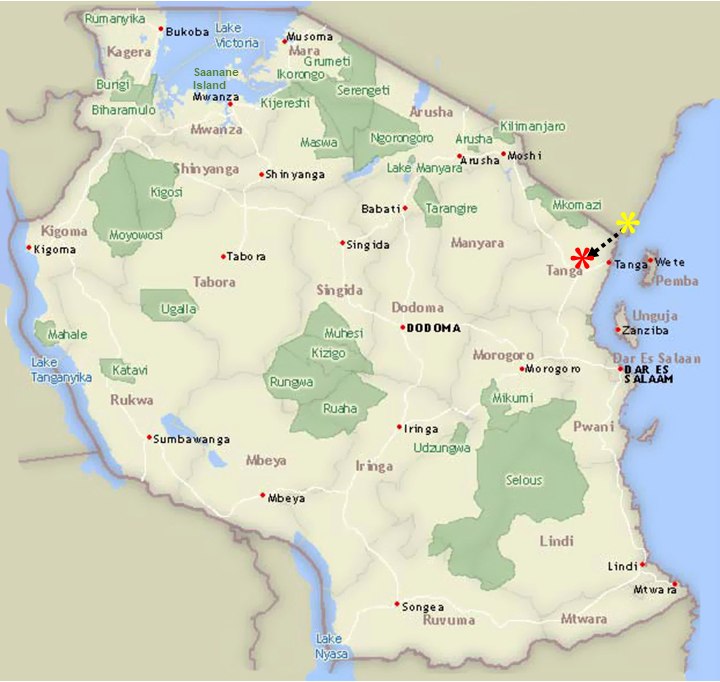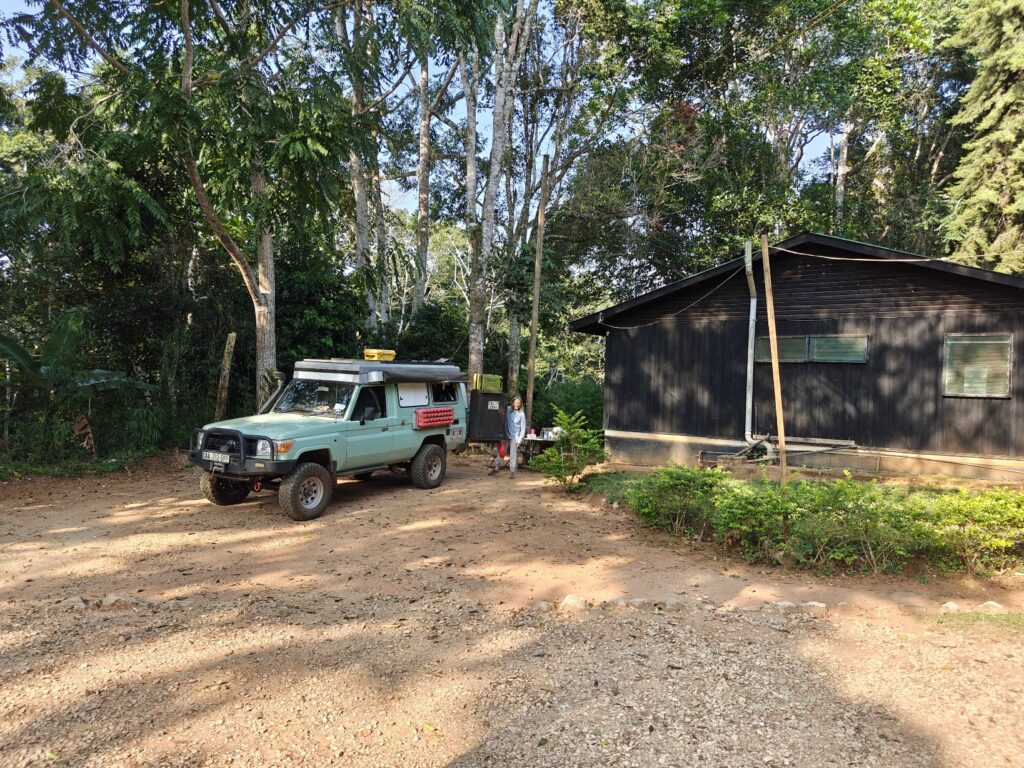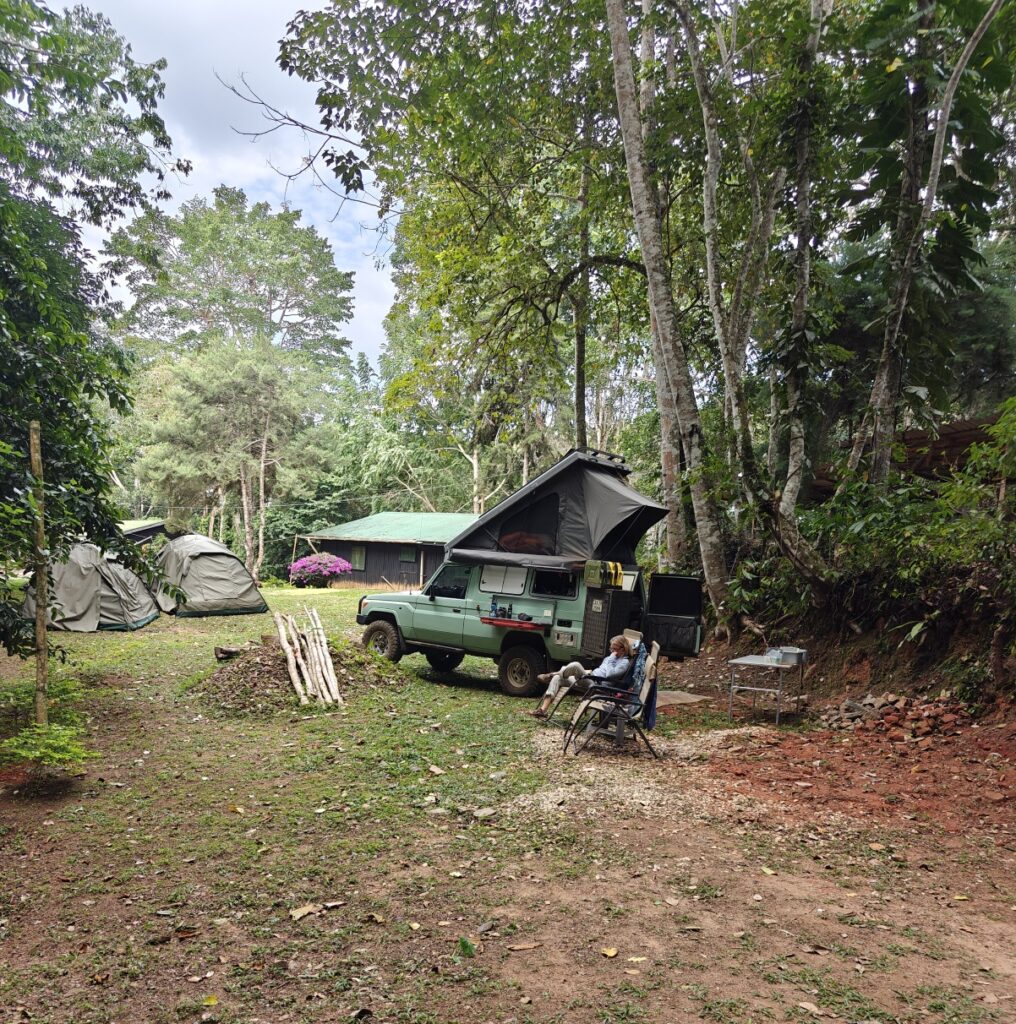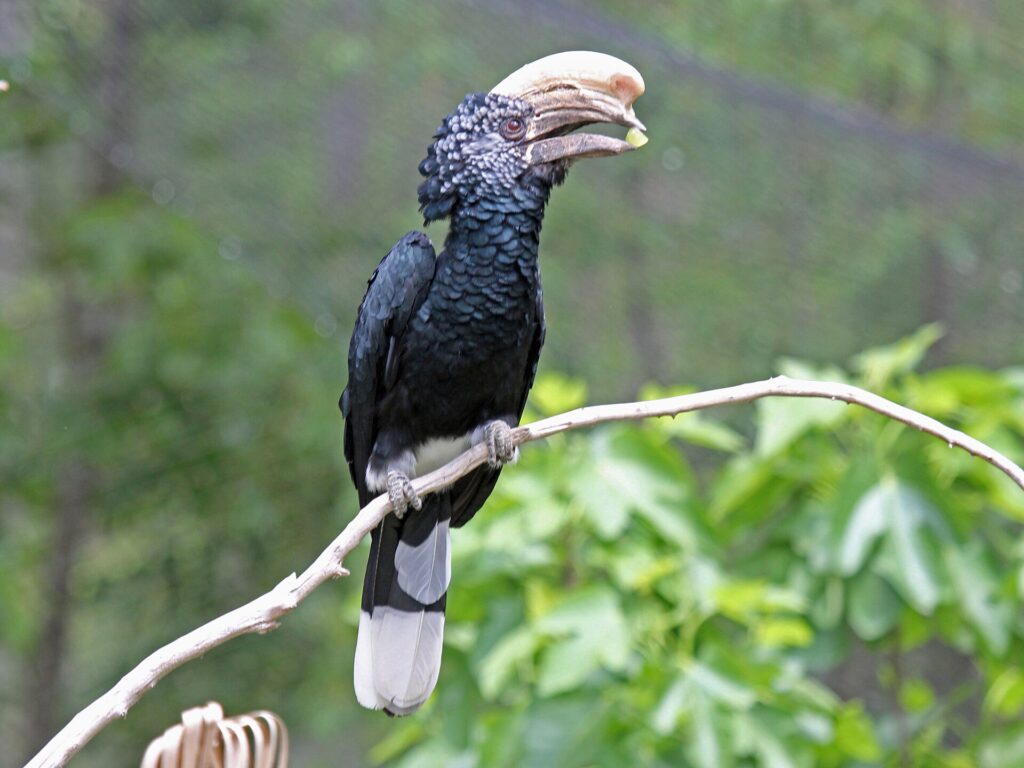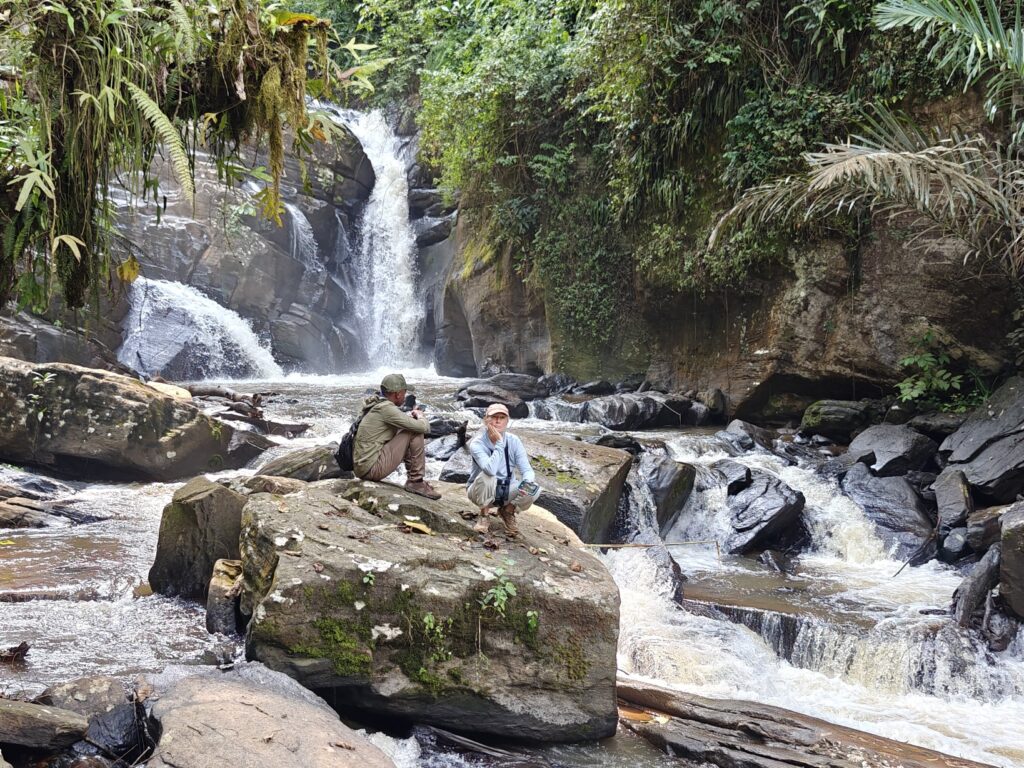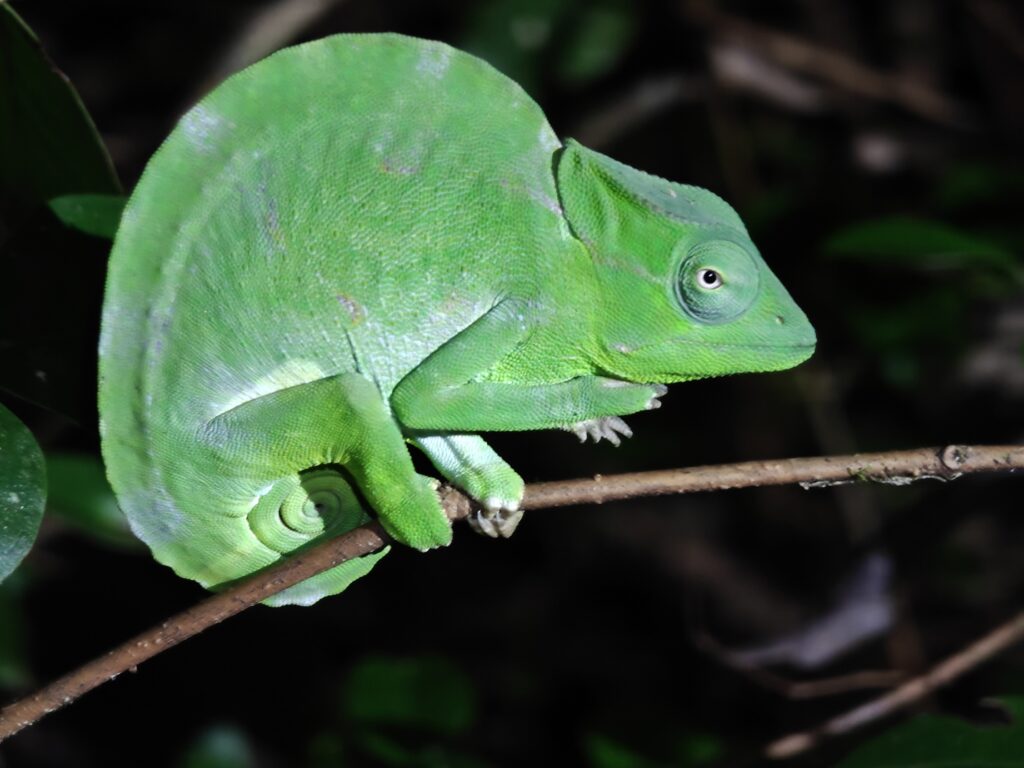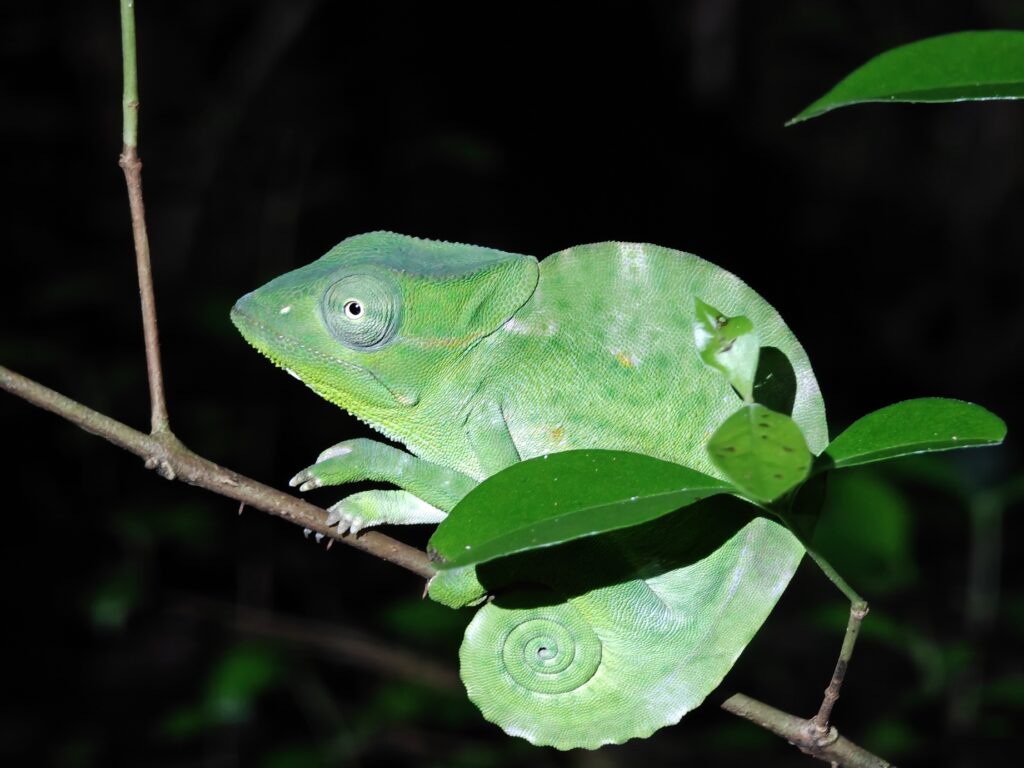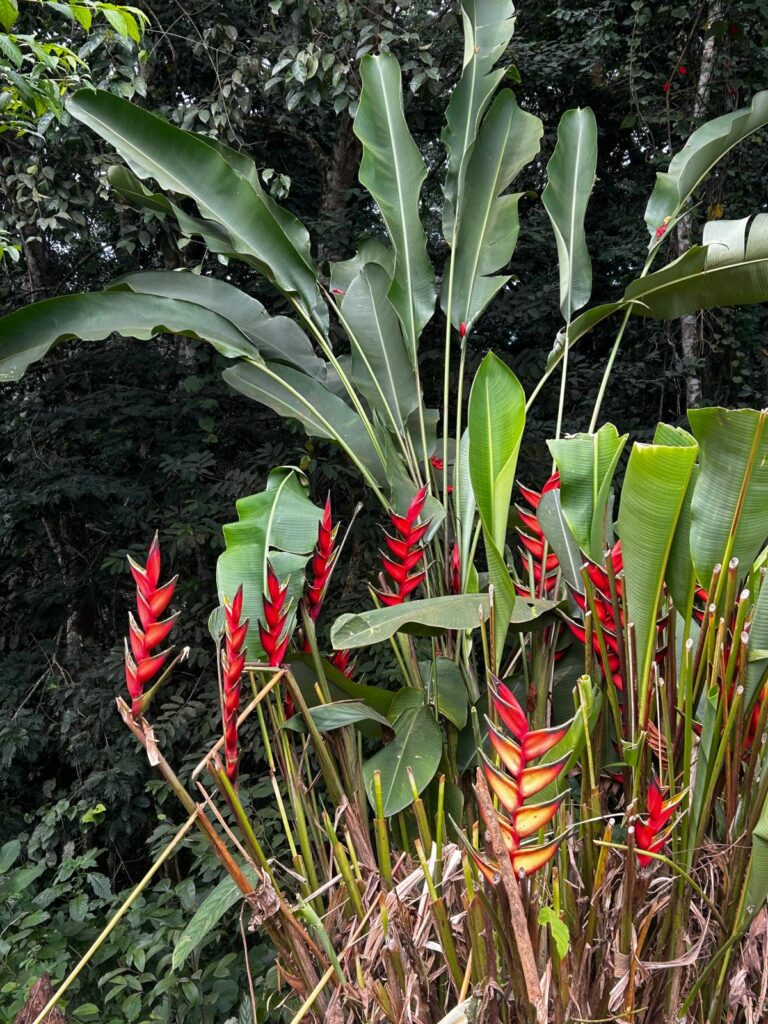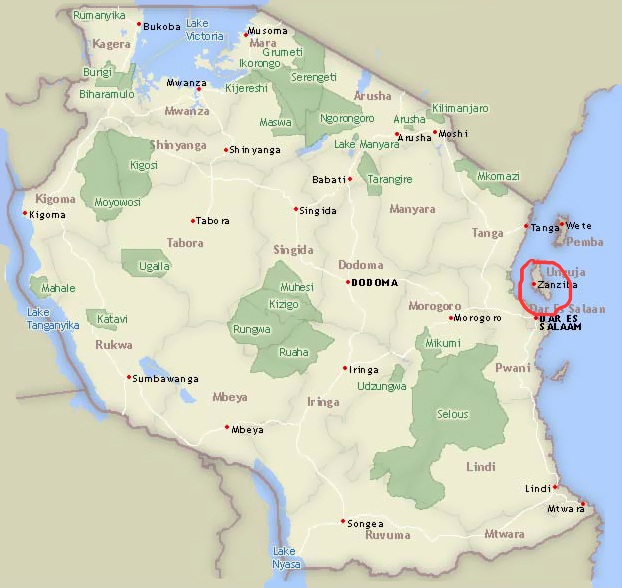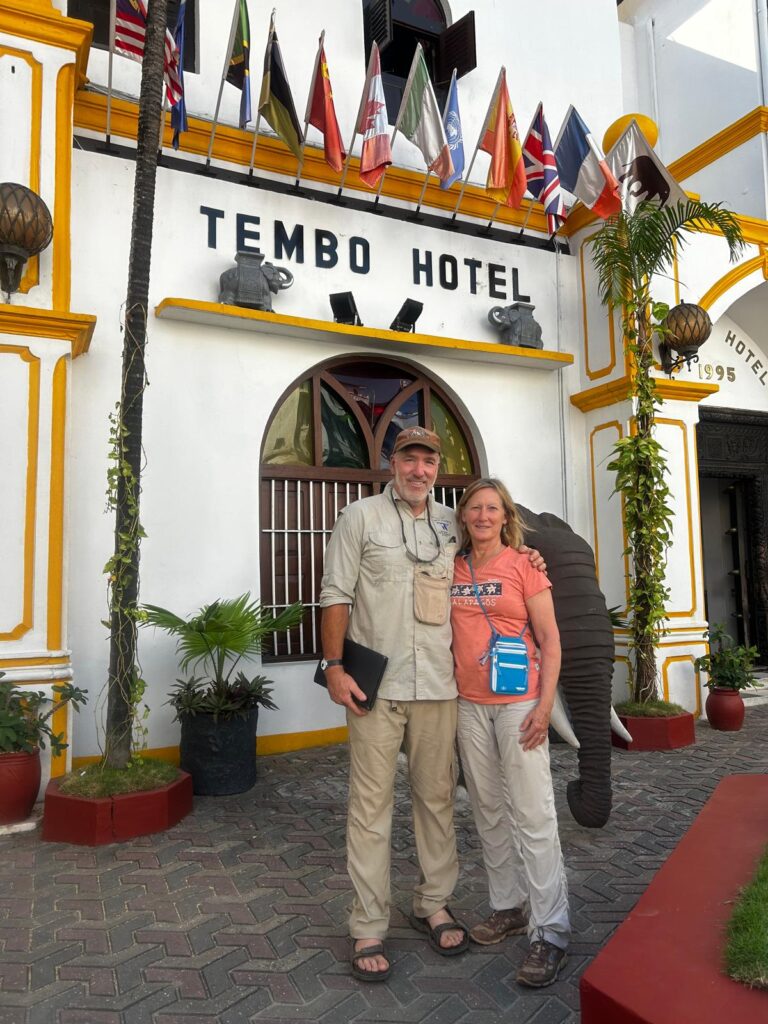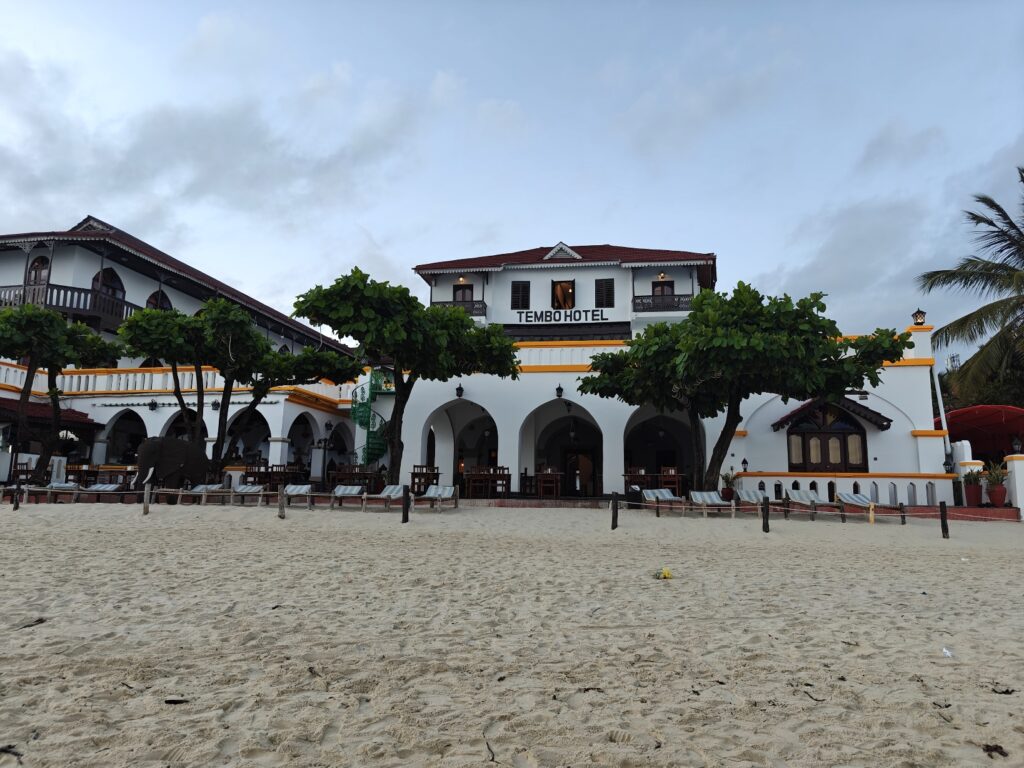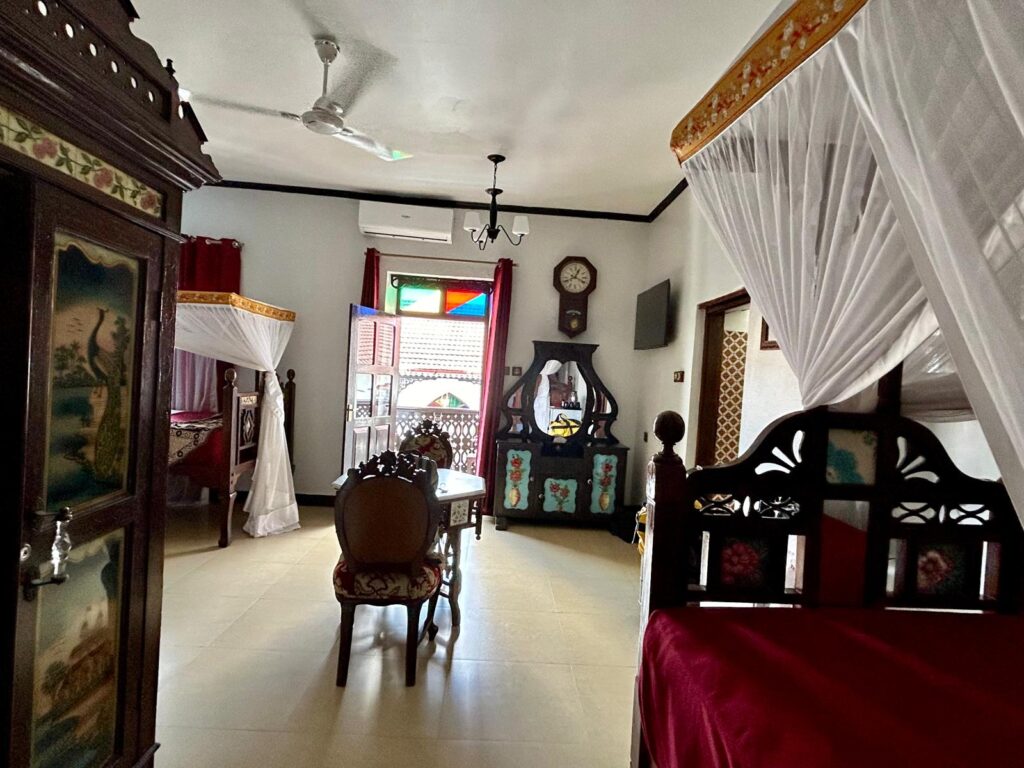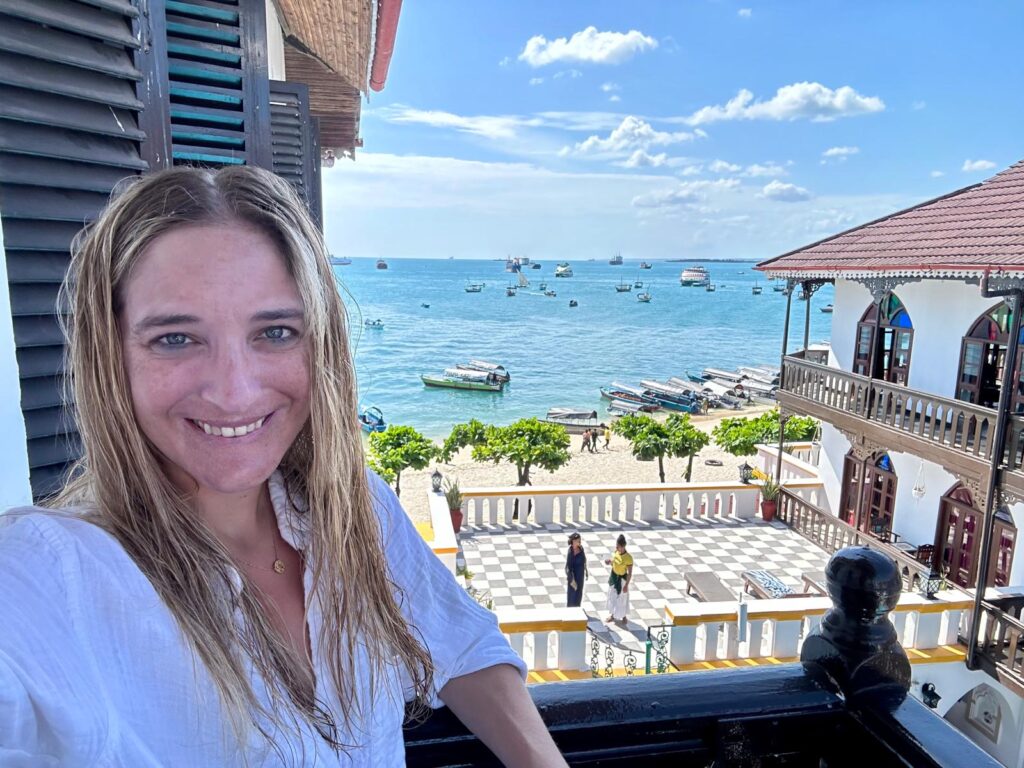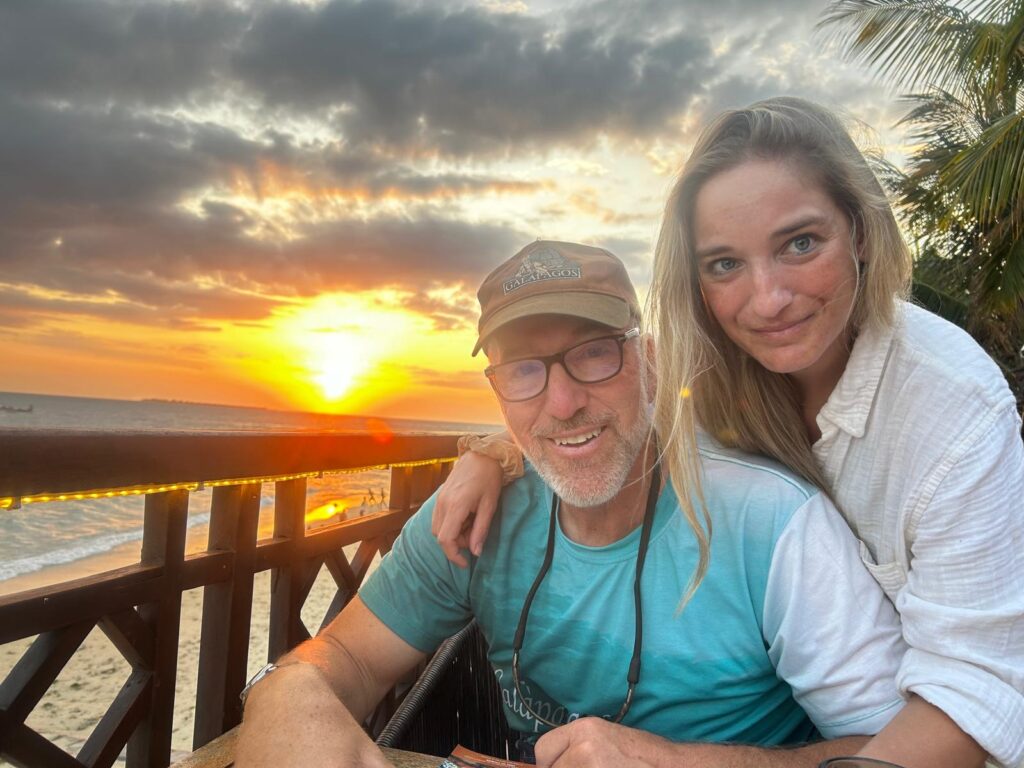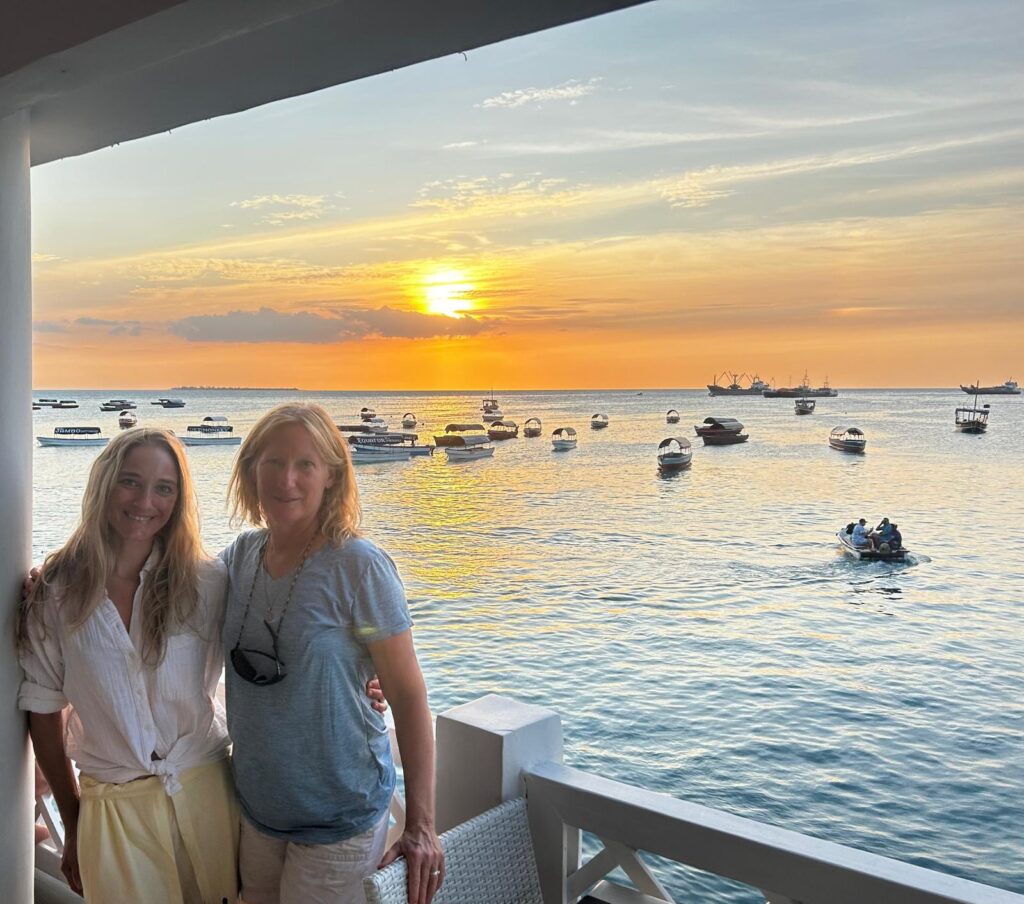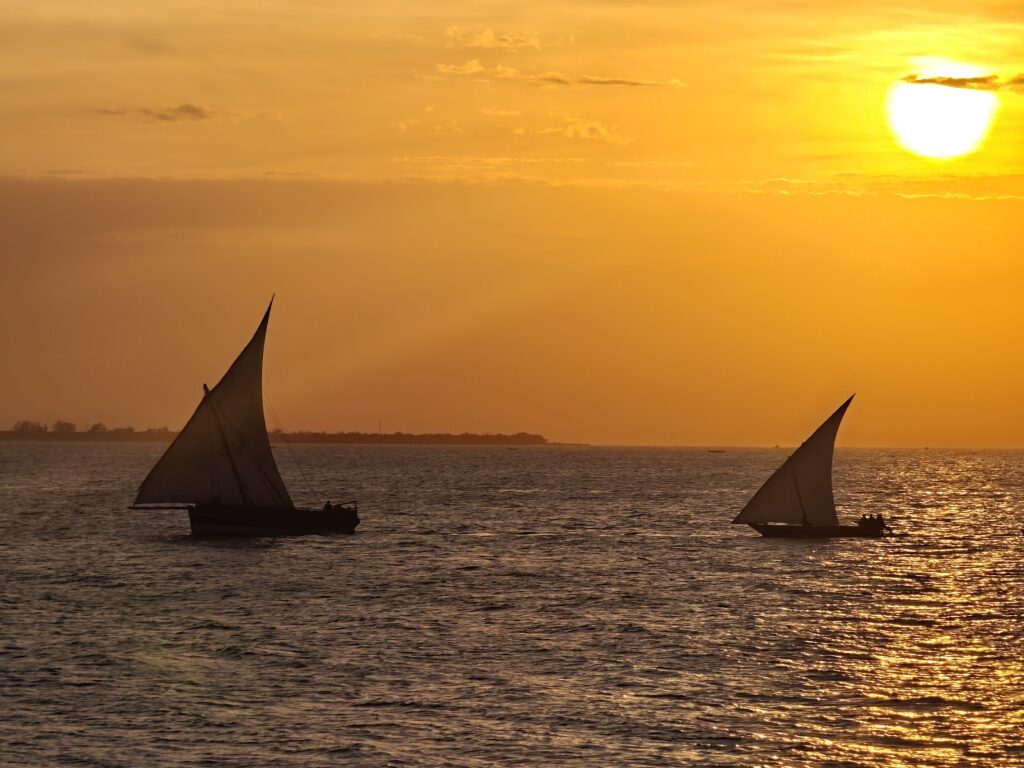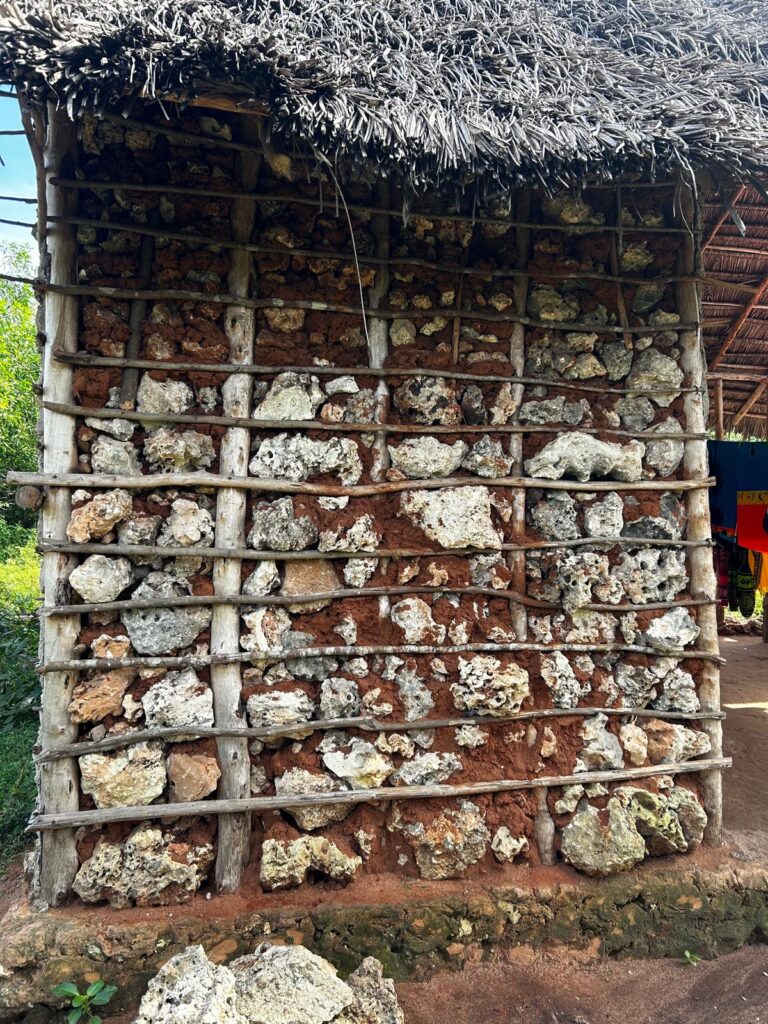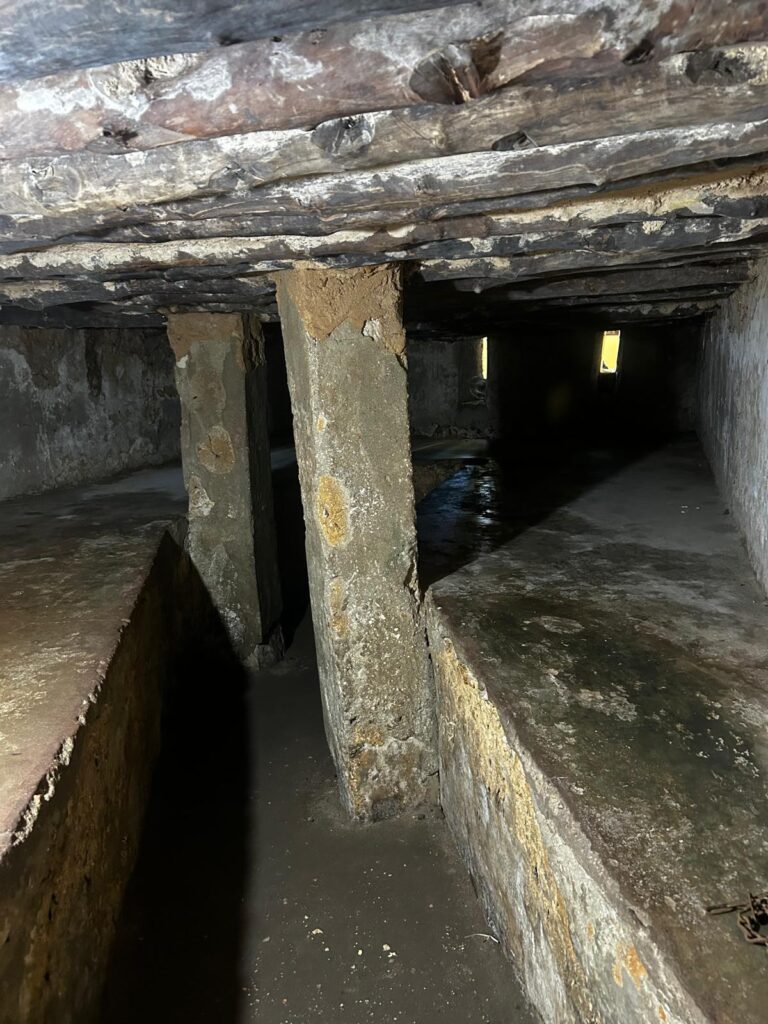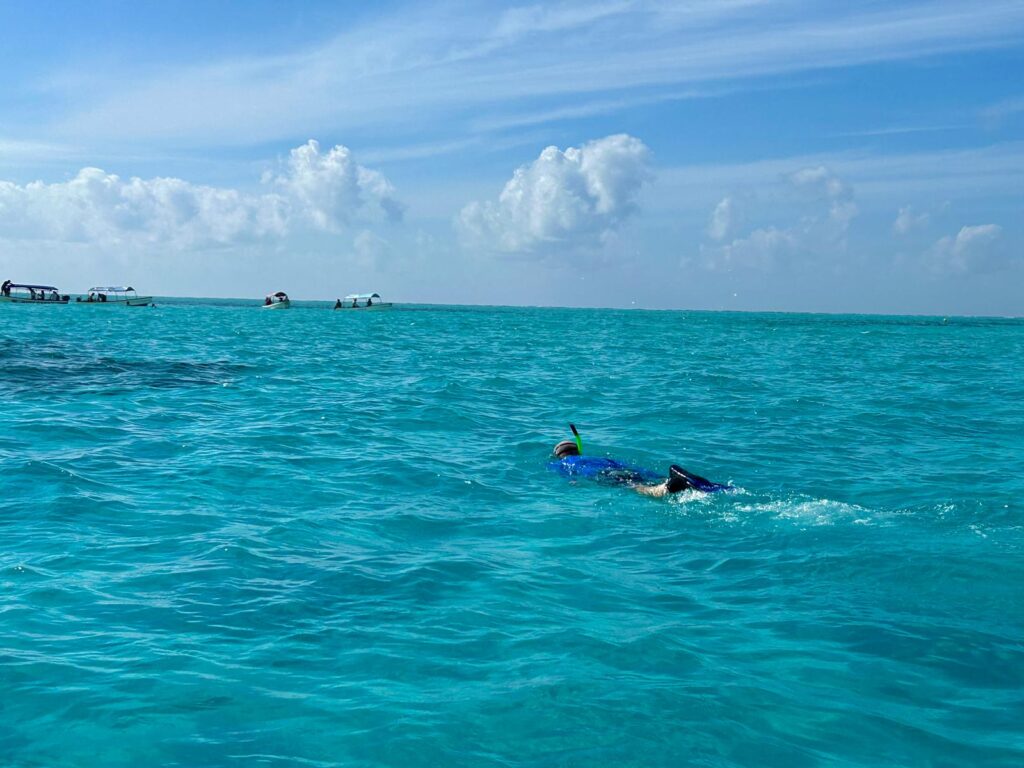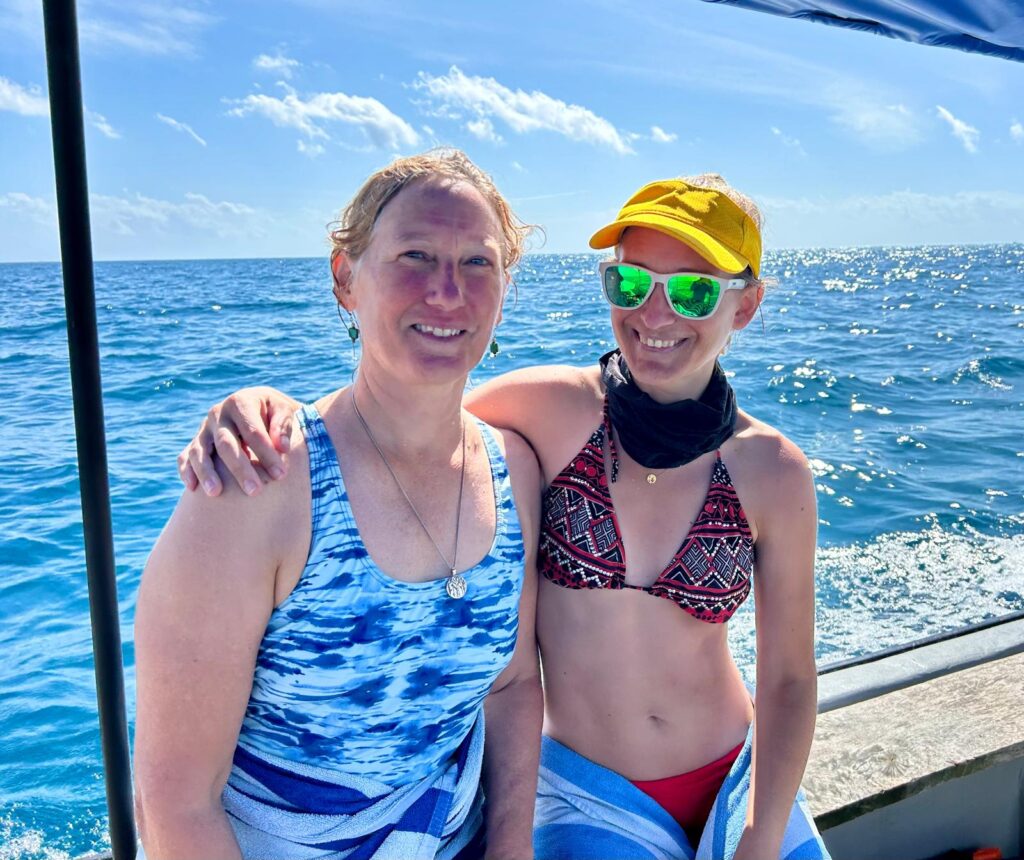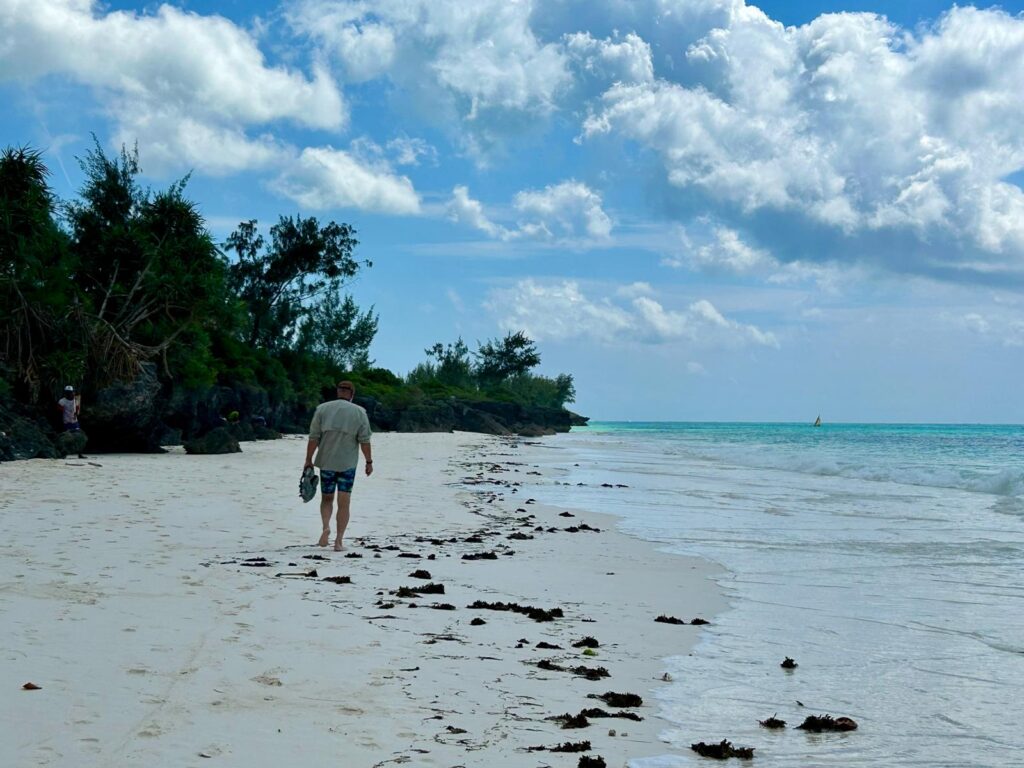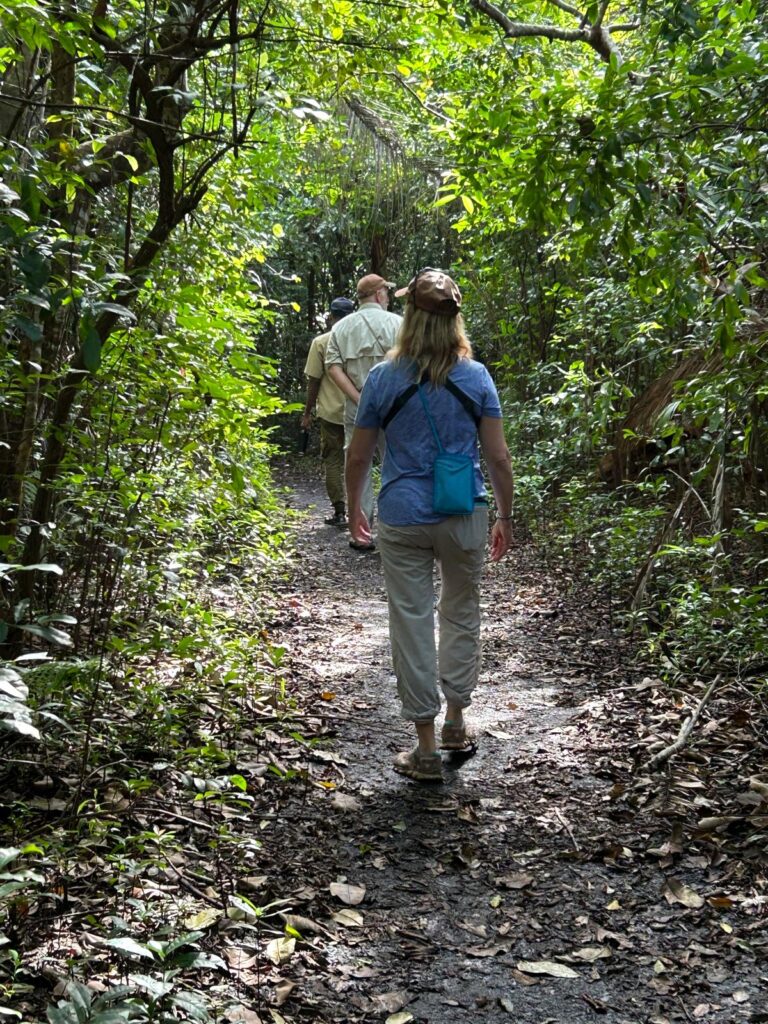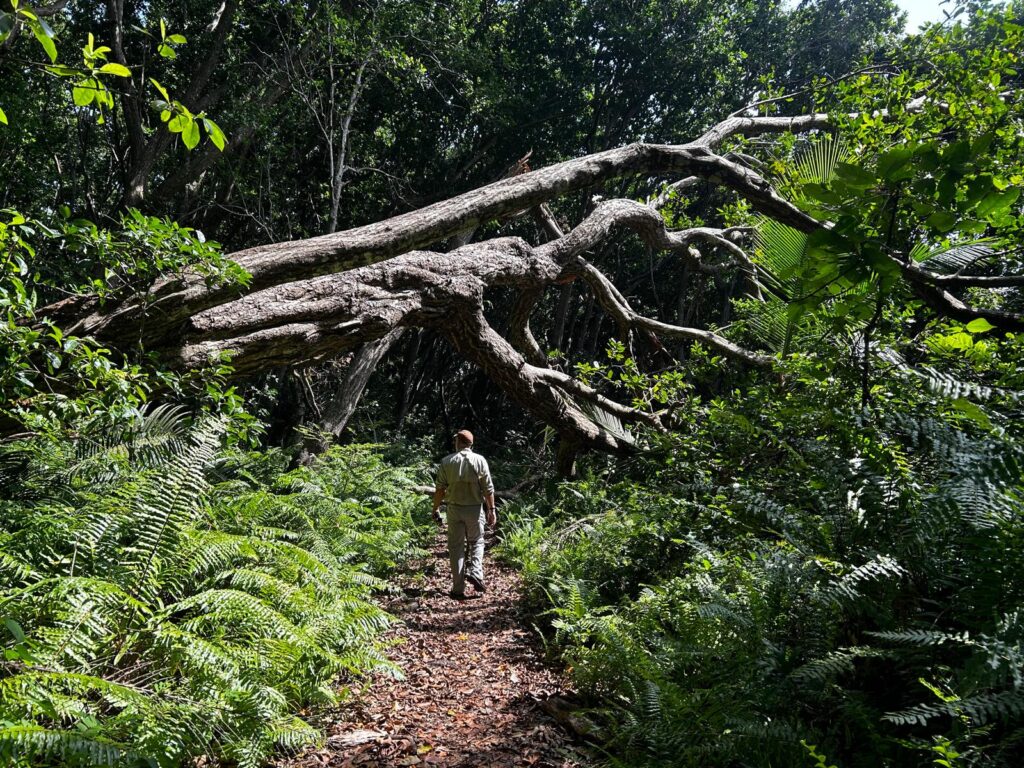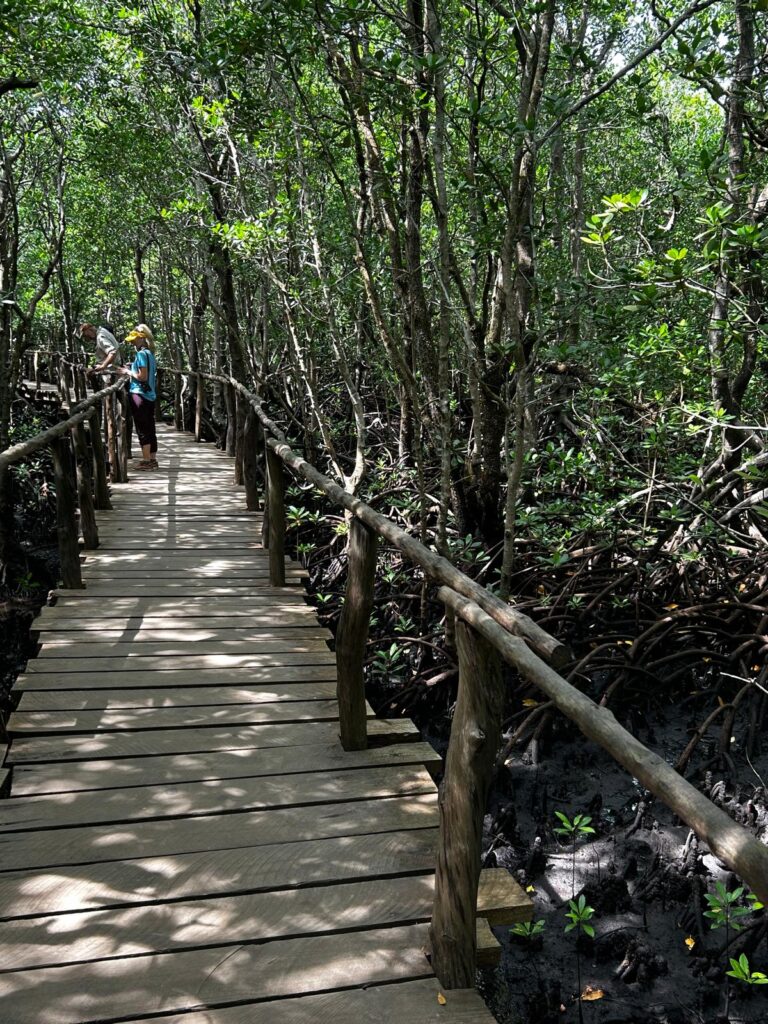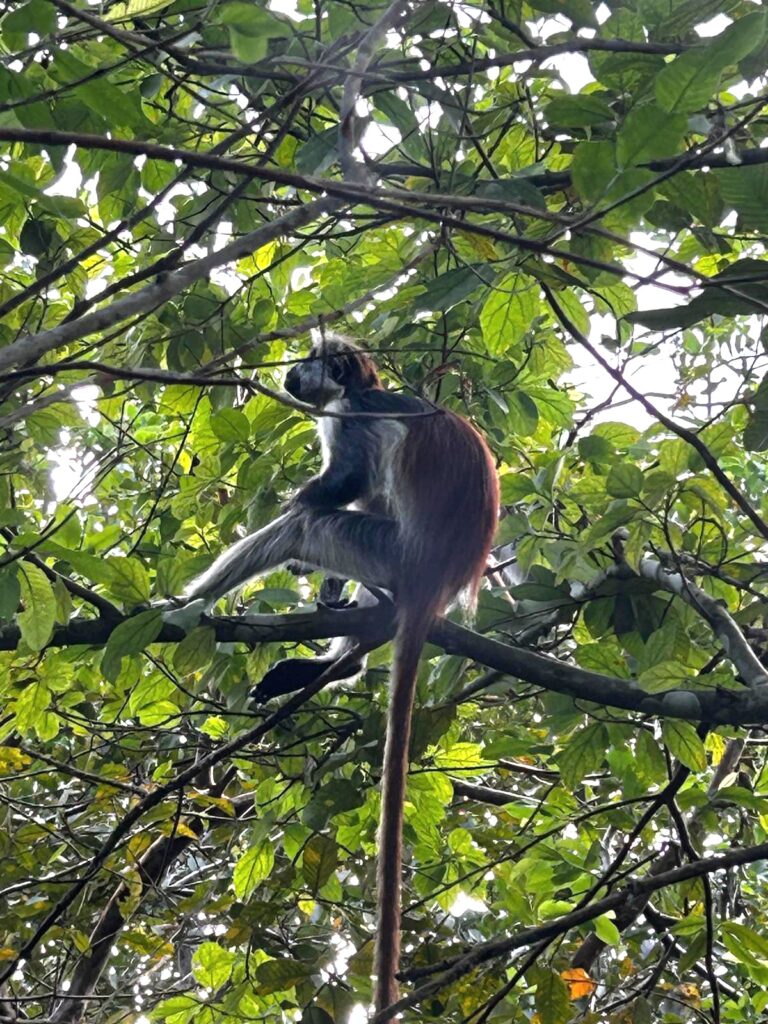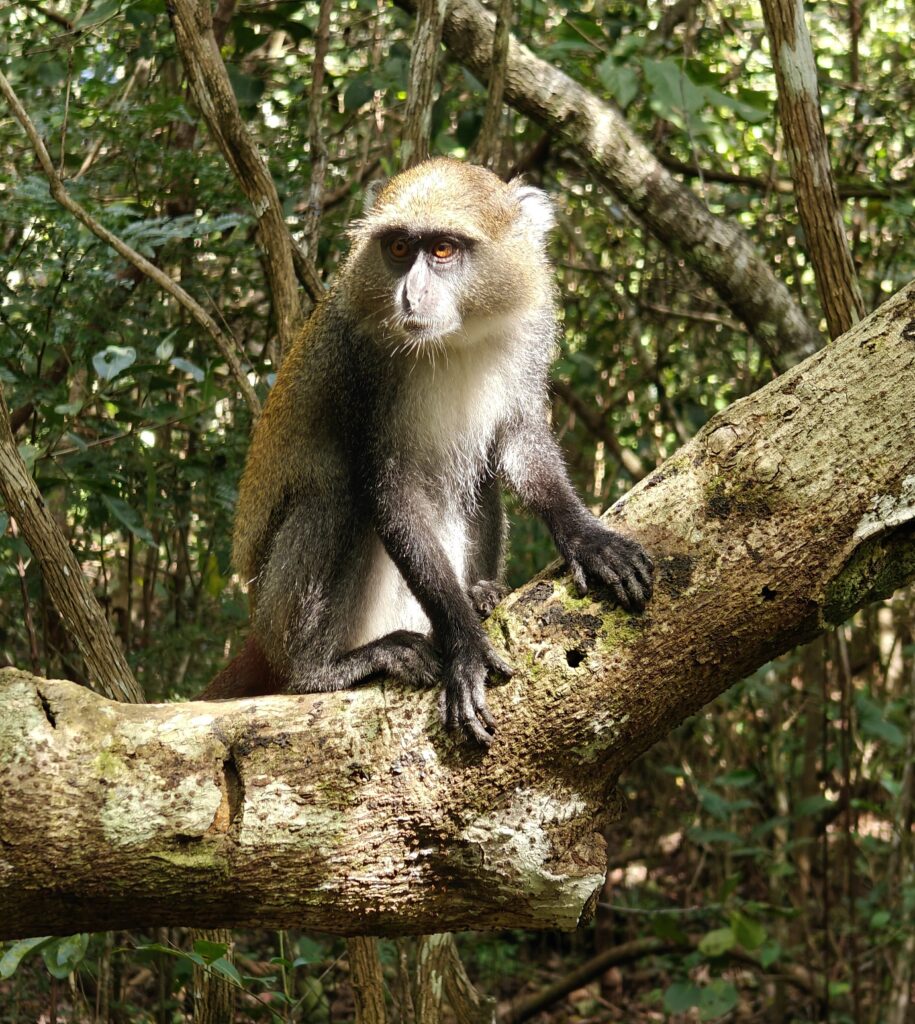First, ordinarily I would welcome you to Mozambique, as that is the country I entered next after leaving Tanzania, but since I just spent a day and a half driving through the northwestern region en route to Malawi, I will delay the introduction to Mozambique until I re-enter for an extended period after leaving Malawi.
However, I will post this composite video of my drive through the northwestern region of Mozambique between the Tanzanian border and the Mozambique town of Lichinga, where I stayed for a night before going on to Malawi. Note, this video is solely footage taken from the driver’s seat as I drove along 200 km of dirt track and through small villages in Mozambique, so if that is not what interests you, do skip the video:
Northwest Mozambique composite video (8 minutes)

I am entering the country of Malawi for the first time on my African overland journey, so it is worth sharing a few factoids about this country to put things in better context and to educate myself (and you, if needed) a little about this corner of the world. Here is what I learned from my research.
- As you can see in the map above, Malawi is a land-locked country bordered by Tanzania to the north, Mozambique to the east and south, and Zambia to the west and located between the latitudes 9-18 degrees south, which in terms of distance from the equator is the southern hemisphere equivalent to most of central America in the northern hemisphere.
- Rough the same size as Pennsylvania.
- Roughly 20 million people, compared to ~332 million in the U.S..
- English is the official language, but Chechewa is the national language spoken by more than half the population. And there are numerous other tribal languages spoken as well.
- Government is described as a unitary presidential republic with a structure much like the United States, except with a functioning senate in the legislature.
- Currency is the Kwacha, although US dollars are accepted in many places.
- Major exports include tobacco, gold, tea, ground nuts, and dried legumes.
- Like most of the region, it was occupied by humans for probably 10,000 years until it was “colonized” by the Bantu people in the 5th century from west Africa. Between 1600 and the end of the 19th century the Portuguese exerted a strong influence over the native peoples in the area and promoted the slave trade. In 1891, the area was taken over by the British as the British Central African Protectorate, and it was renamed as Nyasaland in 1907. In 1953, it became a protectorate within the semi-independent Federation of Rhodesia and Nyasaland. The Federation was dissolved in 1963. In 1964, the protectorate was ended: Nyasaland became an independent country as a Commonwealth realm under Prime Minister Hastings Banda, and was renamed Malawi. Two years later, Banda became president by converting the country into a one-party presidential republic. Declared President for life in 1971, Malawi’s next few decades of independence were characterized by Banda’s highly repressive dictatorship. Following the introduction of a multiparty system in 1993, Banda was defeated in the 1994 general election. Today, Malawi has a democratic, multi-party republic headed by an elected president and has continued to experience peaceful transitions of power.
- Malawi is the fourth poorest country in Africa and over 40% of the population live on less than $1 a day. Sadly, it has one of the highest rates of Aids orphans in Africa
- Lake Malawi (also called Lake Nyassa) is 350 miles long from its northern to its southern tip, making it the ninth largest lake in the world, and the third largest and second deepest in Africa (eclipsed by Lakes Victoria and Tanganyika). It is, according to UNESCO, home to more species of fish than any other lake on the planet, including some 700 types of cichlid – the little, colorful, finned creatures which flicker and flutter in its shallows.
- Has ~23% of its total land area devoted to national parks, reserves and wildlife management areas. This is truly impressive given the undeveloped and poor state of the country, but the wildlife populations were decimated throughout the entire country until relatively recently when reintroduction and recovery efforts were taken.












































